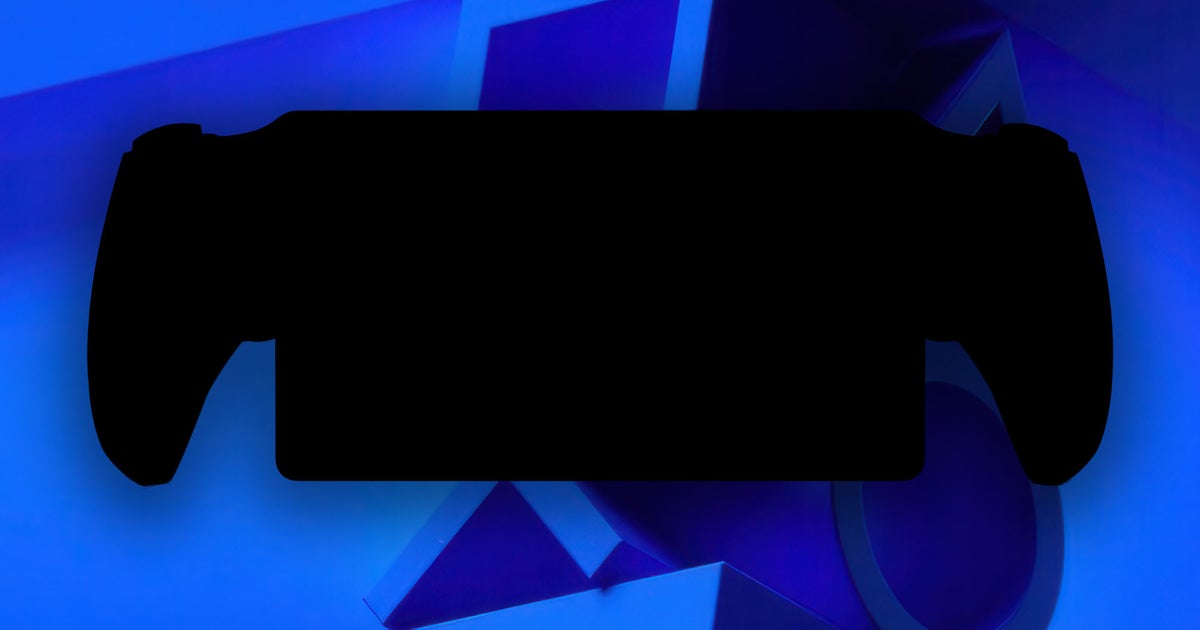Quietly in the background, plausible technical specifications for Sony’s next generation handheld have come to light. Bearing in mind that we’re likely years away from release, the plausibility of these specs has to be questioned but at the same time, the source of the leak – KeplerL2 – has proven to be a highly reliable source for all sorts of AMD information. He was also first to corroborate the PlayStation 5 Pro spec leaks and his information turned out to be very, very close to what we received as final hardware. His Sony handheld specs are unusually detailed for a project so far out, but to be fair, they do lack highly important context: the chip at the heart of the machine is built on AMD’s new graphics architecture – known by some as UDNA – but nobody quite knows what it is capable of. Therefore, getting a grip on what this machine is capable of will prove challenging.
Based on Kepler’s information though, the in-development APU has 16 UDNA compute units and 32 ROPs – similar in configuration terms to the Strix Point processor we’ll see this year in the ROG Xbox Ally X and the plethora of Chinese handhelds built on existing versions of the same core processor. There are key differences though – and these could prove crucial.
First of all, as mentioned, the Sony handheld’s use of the UDNA architecture gives it a generational leap or two over Strix Point, which is using RDNA 3.5. Secondly, memory bandwidth has historically been a defining limiting factor for AMD handhelds – it’s one of the key reasons why Steam Deck continues to measure up fairly well against much more modern AMD-based handhelds. According to Kepler’s information, Sony attempts to address this with two improvements: faster LPDDR5X memory (9600MT/s vs 8000MT/s) along with an additional memory cache on the processor itself: 16MB of MALL (Memory Access at Last Level) cache. This will deliver one third of existing PS5 bandwidth, but the MALL plus architectural improvements should make a difference.
- 0:00:00 Introduction
- 0:00:48 News 1: MindsEye suffers troubled launch
- 0:20:27 News 2: Switch 2 sells 3.5 million units in first four days
- 0:28:45 News 3: Next-gen PlayStation handheld specs rumoured
- 0:41:29 News 4: Stellar Blade PC delivers good performance
- 0:51:39 News 5: RetroArch Afterplay enables web browser emulation
- 0:58:27 News 6: Mortal Kombat 2 ported to 3DO
- 1:05:20 Supporter Q1: Will next-gen Xbox be third party like the Xbox Ally?
- 1:12:13 Supporter Q2: What Switch games would you like to see patched for Switch 2?
- 1:17:43 Supporter Q3: How widespread is DLSS on Switch 2?
- 1:29:25 Supporter Q4: What happens to game rendering when you change the output resolution on your console?
- 1:33:07 Supporter Q5: Could Microsoft have bluffed their way to success with Xbox One?
Unfortunately, Sony hasn’t chosen to use a 256-bit memory interface – the mystery processor described by Kepler uses the same 128-bit interface as current AMD handhelds – but 16GB of memory is mooted for the handheld. That’s the same as Steam Deck, but more pertinently, the same as PlayStation 5. Beyond that, it’s suggested that the processor is fabricated on TSMC’s 3nm process. That’s very expensive for now, but likely to be more affordable for a console manufacturer a few years down the road.
If this sounds like an amped version of the Z2 Extreme found within the ROG Xbox Ally X, Kepler begs to differ, suggesting that the new graphics architecture within the handheld has “way way way higher perf/CU”. The 3nm process should also offer density and efficiency advantages over Z2 Extreme. Combined with further leaks that development PlayStation 5 hardware is receiving a mode with reduced bandwidth, the implication is that game makers will be able to unify their PS5 game development to support the new handheld and to start work on this sooner rather than later, using existing console dev kits.
There is another benefit for this handheld over all others – the UDNA architecture, said to a be a unification of AMD CDNA and RDNA graphics (though Kepler refers to it as just CDNA 5) should, in theory, be the only handheld using Radeon graphics to support AI upscaling, such as FSR4 or Sony’s homegrown alternative, PSSR. Assuming a 1080p screen, this could be a highly useful feature to have, especially bearing in mind some of the results we’ve seen from DLSS on Nintendo Switch 2.
Right now, it’s extremely difficult to come up with any kind of projected performance level for the handheld, but the mooted “reduced bandwidth” mode for PS5 dev kits would seem to suggest that Sony intends for the handheld to run current generation software, almost certainly at lower resolutions and/or lower frame-rates. This sounds somewhat like Sony’s own take on the Series S, the difference being that we’d expect to see the handheld arrive in close proximity to Sony’s actual next generation console – the PlayStation 6. You’d imagine that the platform holder would also be looking at the handheld to run variants of PS6 software too. This may sound optimistic but PS6 will be using the same architecture, leaning heavily into machine learning features, which the handheld should support.
Where this leaves the competitive landscape remains unclear. Kepler believes that the upcoming Z2 Extreme found within the ROG Xbox Ally X will be AMD’s last major handheld processor for some time, with nothing using UDNA on the current roadmap. Meanwhile, reports continue to suggest that Microsoft has left the conversation – it will rely on third party companies to create devices instead, like the Ally X. However, Valve continues to bide its time until an actual generational leap in mobile hardware is available for a potential Steam Deck 2 – and there’s no reason it couldn’t tap into the same AMD technologies as Sony. Perhaps the UDNA architecture is the way forward?
Meanwhile, based on the remarkable efficiency seen on the Switch 2, I wouldn’t count out Nvidia in delivering a highly potent PC handheld – assuming x86 to ARM CPU performance is on point. Intel, too, shows promise based on the performance of the Lunar Lake-based chip in the MSI Claw 8 AI+. I’m looking forward to seeing the competitive landscape shift – and the sooner we learn more about UDNA, the better. After all, it’s likely to form the basis of the next generation console hardware created by both Microsoft and Sony – and therefore the same technology that Xbox reckons will deliver “the biggest technological leap ever in a generation”.

